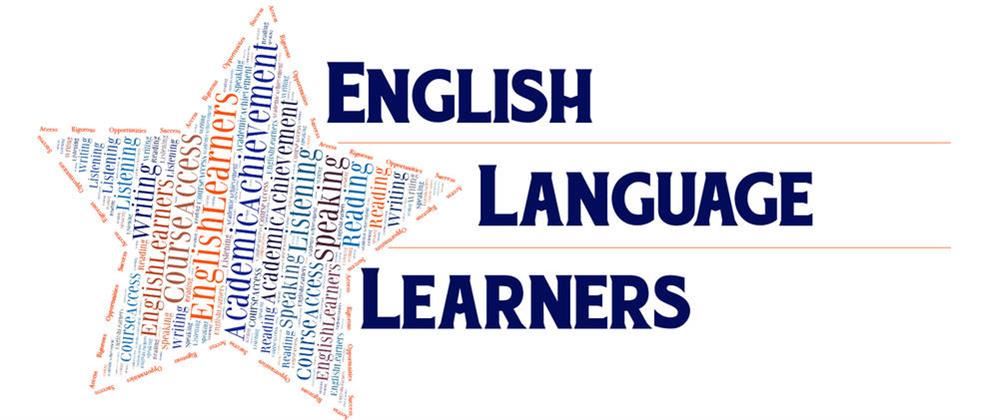I was reading a fascinating article today regarding today’s young students. There are approximately five million English learners in schools across the United States, comprising about 10 percent of our student population, and English Language Learners (ELLs) are the fastest-growing population within our school system. We should be particularly concerned about this population because these students must make progress not only in English Language Development but in academics and literacy simultaneously. Throughout my training via WIDA and my graduate work at New Jersey City University I realized the greatest difference between social and academic language. Most assume that if someone seems to be able to speak English at the conversational level that that student can perform well in the academic world. That is not necessarily the case. We need to be cognizant of the need to build the students’ vocabulary in academic language as well, that is the language of Math, Social studies, Science, English Language Arts AND Social and Instructional Language. We cannot simply assume they can write academic papers with their knowledge of social language only.
There are many other assumptions that are made regarding these students as well by even English Language Learners themselves. Many think if they were born in this country that they have necessarily acquired all the language that they need to succeed academically. But this is simply not the case. As a matter of fact, most English Language Learners in the US were in fact born here. 85 percent of pre-Kindergarten through Fifth Grade and 62 percent of high school ELLs were in fact born here. They may be first, second or third generation students. So, it is important to understand that if a teacher has 30 students in a class statistically 3 of them could possibly be ELLs.
We need to make sure that we provide specialized instruction, cultivate meaning in context and scaffold. Our lessons need to be interactive based. We also need to celebrate the culture of all in our classrooms throughout our schools. We must embrace additive multilingualism and not deductive multilingualism.
From my experience we can learn so much from these learners and we can connect via their own rich background knowledge. We have much to learn about the world from a different perspective. Even science is influenced by language. Many studies show that multilingualism is good for the brain.! The multilingual population is growing and only enriches our world. They are a large part of our nation and should be valued as such. Click here for Spanish version


Recent Comments